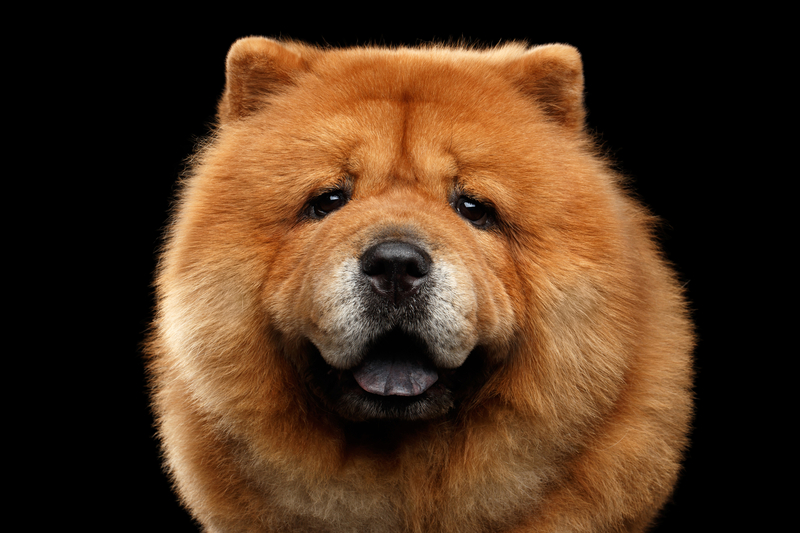
Did you know that once the AKC Board of Directors approves a breed standard, there is a five-year moratorium on revisions, changes, clarifications or deletions? It pays to get things right the first time, and making the text of the standard as clear and concise as possible using sentences that are simple and straightforward is a good start.
Lengthy breed standards are less appreciated these days. Though we, ourselves, find that a breed standard of any length can be a fascinating read, one can see the case to be made for brevity. As more breeds are added to registries, judges are faced with remembering – and comprehending – more breed standards, and this can make it challenging to evaluate a dog in the show ring in just two minutes. It’s possible that an even greater challenge faces the parent club committee tasked to write a standard which is, in a nutshell, the “blueprint” of a breed. How to define, maintain, and preserve a breed’s distinct type and purpose in as few words as possible?
In this scenario, every word counts, and if an aspect of a breed appears in a standard, it must be important, no matter how small.
As small as an eyeball?
Think smaller.
What’s smaller than an eyeball? How about the hole located in the center of the iris of the eye that allows light to strike the retina? Better known as the pupil, only two AKC breed standards make mention of the pupil. Can you guess which two?
The first is the Chow Chow: From its standard: “The eye rims black with lids which neither turn in nor droop and the pupils of the eyes clearly visible.”

Chow Chow © Sergey Taran | Dreamstime
In this breed, eyes should be “dark brown, deep set and placed wide apart and obliquely, of moderate size, almond in shape. The correct placement and shape should create an Oriental appearance. The eye rims black with lids which neither turn in nor droop and the pupils of the eyes clearly visible.” (from the Chow Chow Club Illustrated Standard). Noteworthy is that if the pupils are clearly visible, the eyes most certainly are, as well.
The other breed is the Norwegian Lundehund: “Eyes -almond-shaped, yellow-brown to brown with a brown ring around the pupil.”
Circling back to the way standards are written, it’s important to note that adjectives can mean different things to different people, and there is no quibbling over what an eye pupil is. Less clear is why pupils are important enough to mention in the standards of these two beautiful breeds. Perhaps readers can help us out?
Image: Norwegian Lundhund by Lars Christensen/Adobe Stock Photo

“more breed standards, and this can make it challenging to evaluate a dog in the show ring in just two minutes.” — but then maybe the AKC should consider that demanding judges memorize so many standards and spend 2 minutes or less to evaluate a dog isn’t the best way to evaluate them in the first place. it leads to selecting “what catches the eye” — rather than the dog that necessarily best fits the real standard. it leads to selecting based on handlers or presentation rather than taking the time to actually physically examine the dog and compare it to a standard the judge knows WELL, rather than one they memorized briefly to pass a test and have long forgotten — particularly with the less common breeds. Maybe it’s time to consider ensuring that judges truly understand a standard and the various “types” that might all meet it and to provide a serious evaluation with a written critique — and to specify shows where breeds may be presented to judges with the time and impartiality that such evaluations would require. leave the handling and presentation to a competition on just that, rather than asserting it really evaluates a dog as to how it meets the standard for it’s breed.
Great comment, Peggy!
Yes! What Peggy said!
The original parent club for the Australian shepherd, The Australian Shepherd Club of America, also finds pupils worth mentioning:
“EYES: The eyes are very expressive, showing attentiveness and intelligence. They are clear, almond-shaped, of moderate size, and set a little obliquely, neither prominent nor sunken. The pupils are dark, well defined, and perfectly positioned. Eye color is brown, blue, amber; or any variation or combination, including flecks and marbling. All eye colors are acceptable in combination with all coat colors.”
One would guess that iris coloboma, which can affect the ability of the pupil to shrink in bright light, was a concern. Working stock in all weather requires good vision in all weather.